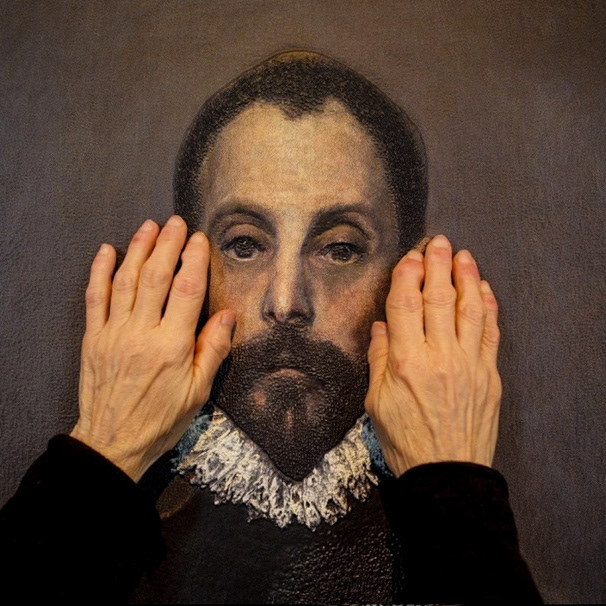As a design student, I often find myself grappling with the question: What exactly is design? Is it a structured discipline, like science, with defined methods and repeatable outcomes? Or is it something more fluid—an intuitive, ever-changing process that defies rigid classification?
Nigel Cross' Designerly Ways of Thinking (2007) delves into that very debate, tracing the evolution of design from its early scientific aspirations to its emergence as an independent discipline. In the 1920s, design sought legitimacy through objectivity, borrowing methods from science to establish itself as a structured field. But by the 1970s, designers began rejecting the rigidity of pure logic, embracing a more flexible, intuitive approach. The shift reflects an ongoing redefinition of design thinking, adapting to both intellectual trends and practical needs.
Yet here we are in 2025, and the fundamental question remains: What is design as a discipline? And more specifically, what defines Design Science?
From my perspective, design is not something that can be neatly boxed into a step-by-step methodology. It’s a process of exploration—whether refining a personal skill or crafting an innovative product. Unlike scientific experiments, where controlled variables lead to precise conclusions, design often exists in a state of flow. Some ideas surface naturally, while others never even make it onto the page. It’s not just about eliminating what doesn’t work; sometimes, the most unexpected ideas become the most groundbreaking.
This reading reaffirmed something I’ve long suspected: not all aspects of design can be taught. Yes, research and structured methodologies are crucial as they provide a foundation and guide problem-solving. But truly outstanding designers often move beyond these frameworks, developing unique approaches that later set industry standards. Intuition plays a significant role, and no amount of interviews or structured analysis can fully quantify what makes a designer great.
That said, not all design fields allow for complete creative freedom. In areas like web design, structure and guidelines are essential—especially when it comes to accessibility. Aesthetics are important, but if a beautifully designed website is frustrating to navigate, it has ultimately failed. A home button might look sleek in an unconventional place, but if users struggle to find it, that artistic choice becomes a usability flaw.
So where does that leave us? Somewhere in the balance between creativity and structure. To be a successful designer, one must learn to navigate this spectrum. Knowing when to break the rules and when to respect them. Innovation thrives in fluidity, but great design also requires discipline. The key is knowing when to embrace each side of the equation.

